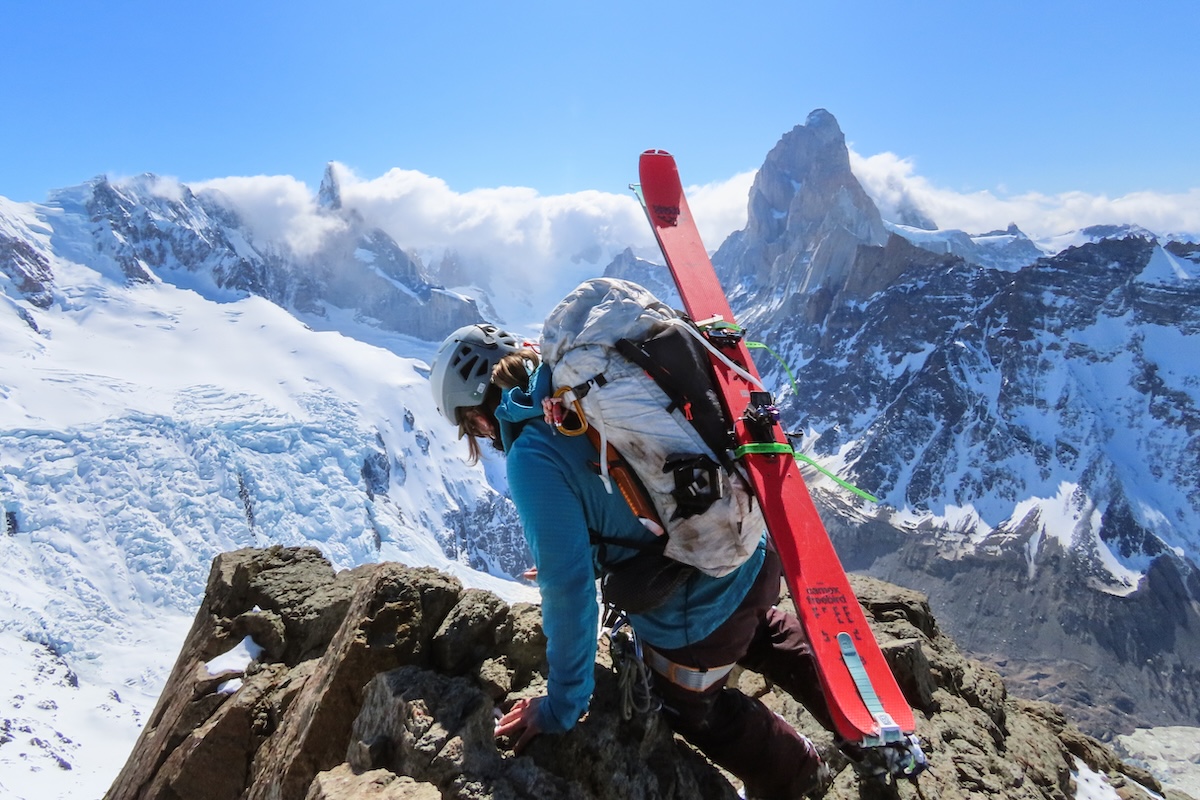
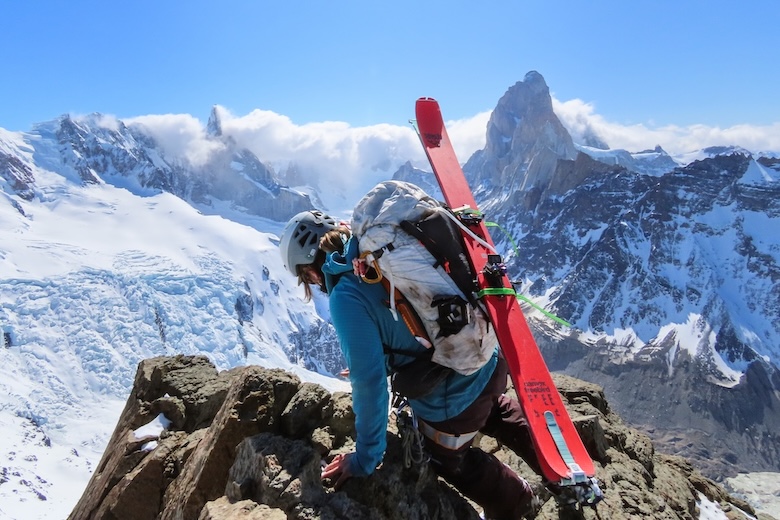
Price: $849
Weight per pair: 1300g (157cm length)
Dimensions: 135-95-113mm
Lengths: 157, 164, 171, 178, 183, 188cm
Radius: 17m
What we like: Best in class balance of lightweight and downhill performance; durable.
What we don’t: Not the lightest option; keeps you on your toes in variable snow.
See the Black Crows Camox Freebird
Chamonix-based Black Crows is an independent free-ski brand that was founded by two professional skiers to "collide beauty and efficiency into skis." Despite my best efforts to be critical in testing, the Camox Freebird really meets the mission of the company, balancing lightness, downhill performance, and durability into one of my personal favorite skis. Below, I dive into my experience taking the latest version of the Camox Freebird on a near-four-month ski trip to Argentine Patagonia. Spoiler: They won me over just like the old pair I purchased years ago. To see how the Camox Freebird stacks up to the competition, check out our article on the best backcountry skis.
If I could sum up the Black Crows Camox Freebird in three words, they would be versatile, adept, and light-but-effective (sorry, not sorry for the hyphens). At 1300 grams for the smallest size, they're not race skis, but they are a breeze on the up track. The medium camber, progressive front rocker, and light rear rocker leave plenty of effective edge to grip slick surfaces on the uphill, even without ski crampons. I also found the shape, weight, and overall design quite advantageous in the skin track, on the bootpack, and during quick-carry situations over short rock bands or ice bulges. While there are narrower Black Crows models that are lighter-weight for the uphill, like the Orb and Ova, I found the Freebird to be the perfect balance of lightweight, sturdy, and effectively shaped on the up, with solid downhill performance in all conditions. Want a true all-arounder or a trustworthy spring ski-mountaineering ski? These are the ticket.
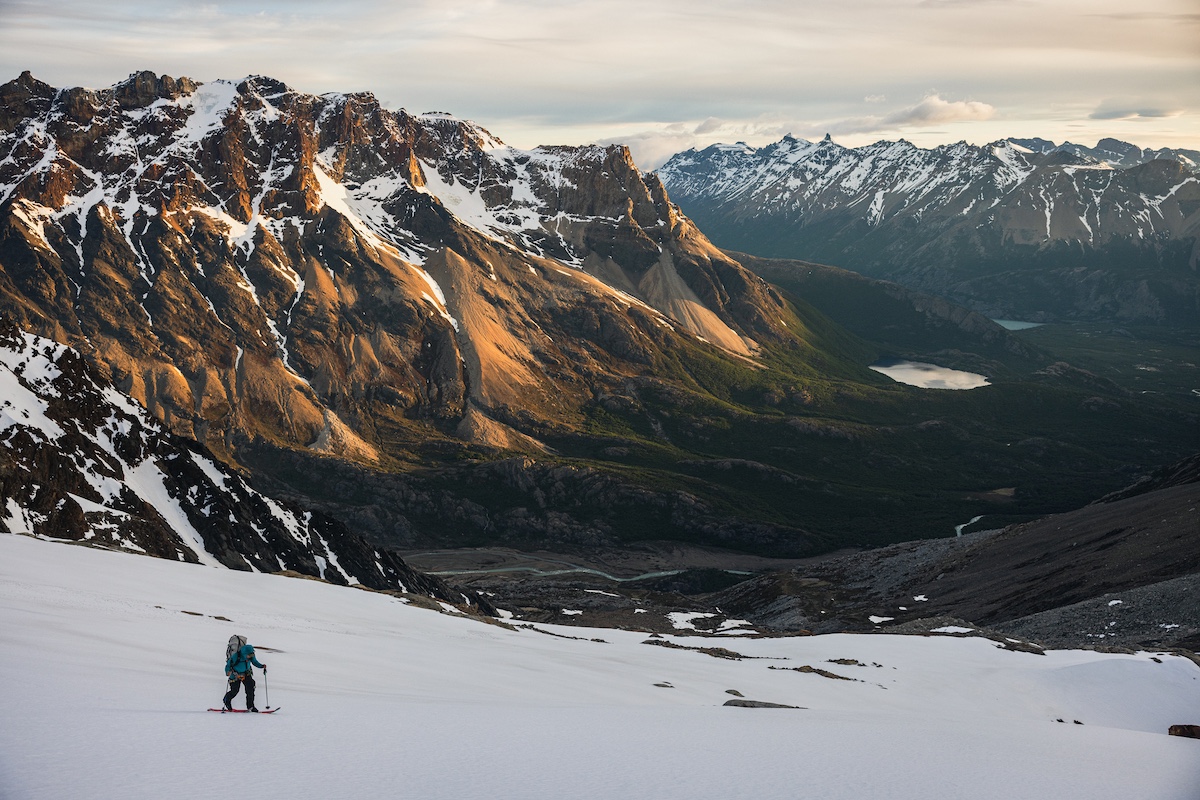
The Camox Freebird is one of the best all-around daily drivers for backcountry touring. The 95mm waist provides sufficient float in soft, deeper powder but is also narrow enough to be at home on steep and narrow ski mountaineering missions. At 5'2", I downsized and tested the 157cm length (I'd normally ski 164-170cm skis in the backcountry, and 170-172 in-bounds as a reference). At this smaller size, I found the 17m radius to provide quick pivots in tight terrain, and the effective edge of the ski gripped well on steep, icy terrain on the glaciated peaks in Patagonia.
The skis have a medium camber and an intermediate, progressive flex that is a bit on the soft side for skis in the same class, making them more forgiving than other similar ~95s, with a damp feeling akin to most Black Crows. They'll still keep you on your toes in breakable crust, though, and those who recreate in wetter maritime snowpacks like the Cascades may want a little more ski to bust through the heavy chunder in the middle of winter. The Camox is not super poppy, nor is it best in its class at powder or crud...but it's remarkably better than good enough at everything. These should be on your radar if you want a one-ski quiver for many conditions.
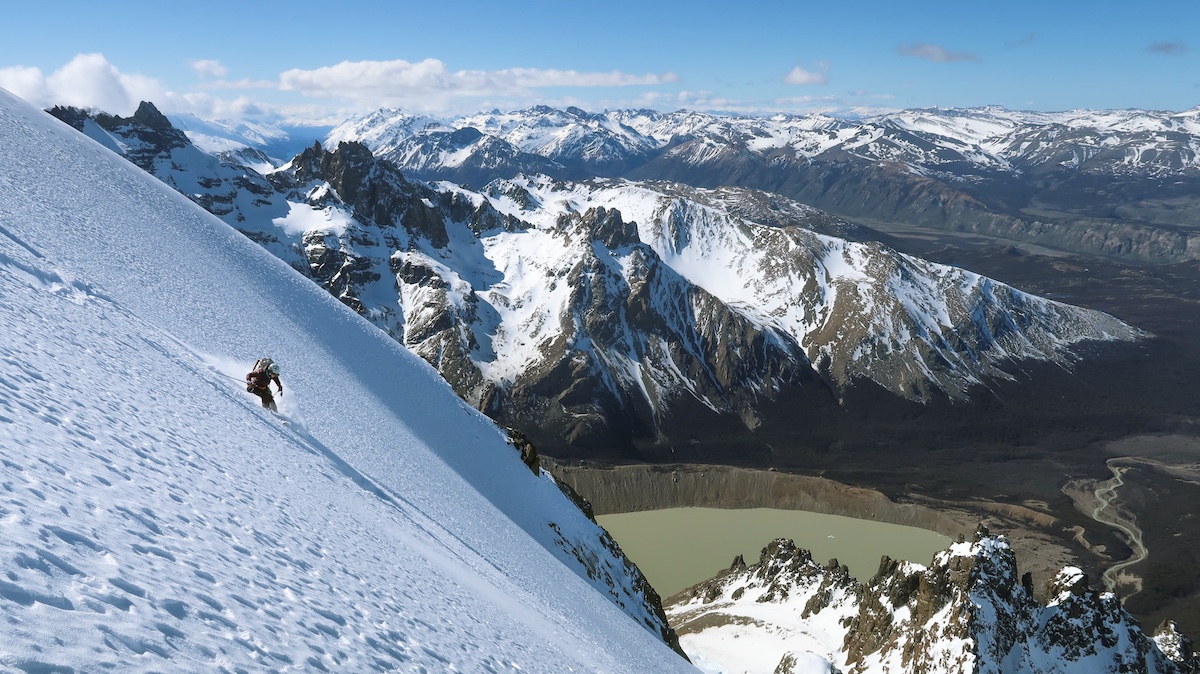
The Freebird line is not known for being the lightest, but rather best known for high-performance vs. weight, and the Camox is no exception. While the Camox Freebird is certainly not the lightest weight 95mm waist ski you can find, I found it light enough for added performance on the downhill. The added weight increases the dampness of the ski, making it significantly more enjoyable in testy snow conditions. It's worth remembering that 1300g is still quite a light ski overall, making these my preferred selection for very long days in the mountains throughout my trip to Patagonia. The only time I found myself reaching for the Salomon QST Echo—the other skis I brought down to Argentina with me, at 106mm underfoot—was when the walks weren't super long, or deep powder was guaranteed.
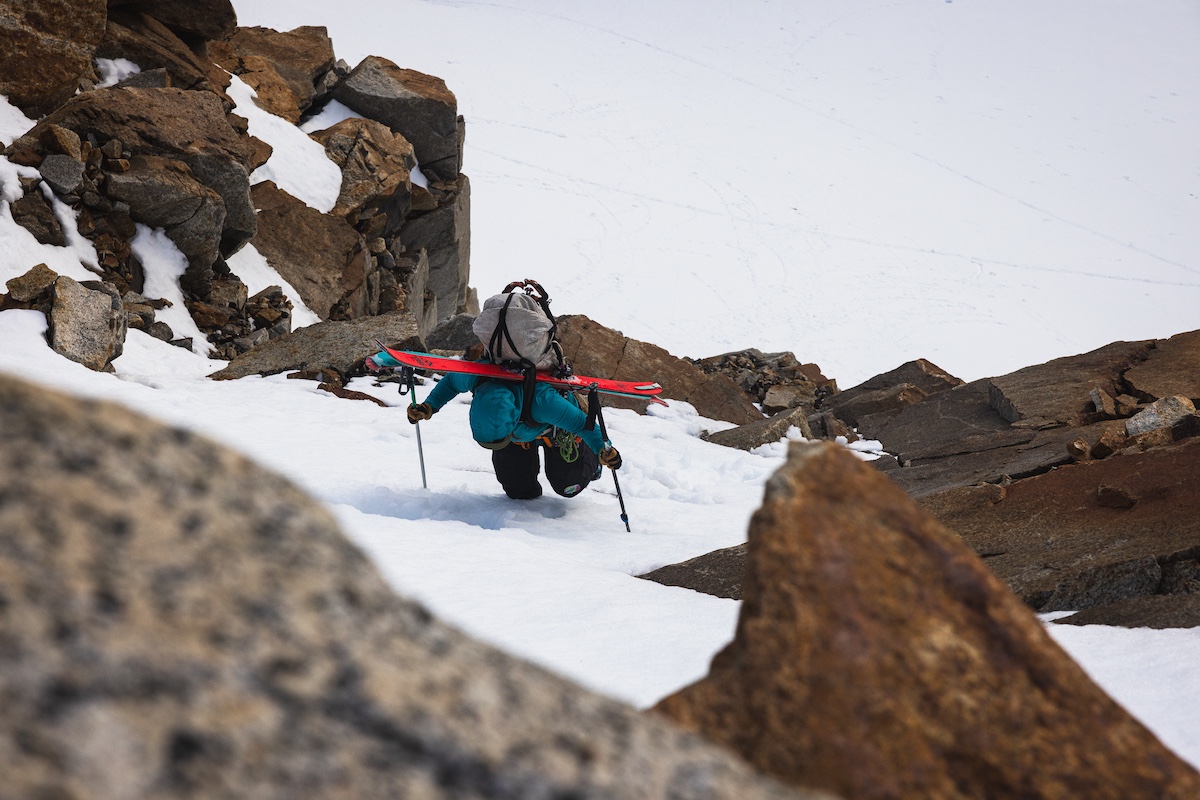
The Freebird series takes Black Crows' downhill skis and essentially makes them lighter for backcountry use. While cutting weight can result in a dramatic drop in durability and build quality, I really didn't feel this to be the case for the Camox. They are 275 grams lighter than their downhill brethren and we scraped these skis through culeou (Patagonian bamboo) bushwhacking approaches, against the sides of granite walls while climbing, and into the backs of various trucks on hitchhiking adventures. I found the scrape-resistant coating on the top sheets to be significantly more durable than the standard Camox. The Paulownia core and ABS sidewalls dampened chatter while holding up well to my abuse over rock-laden terrain. For their size and class, I find the Freebird (Camox, and other models) very durable and worth the investment for a long-lasting companion.
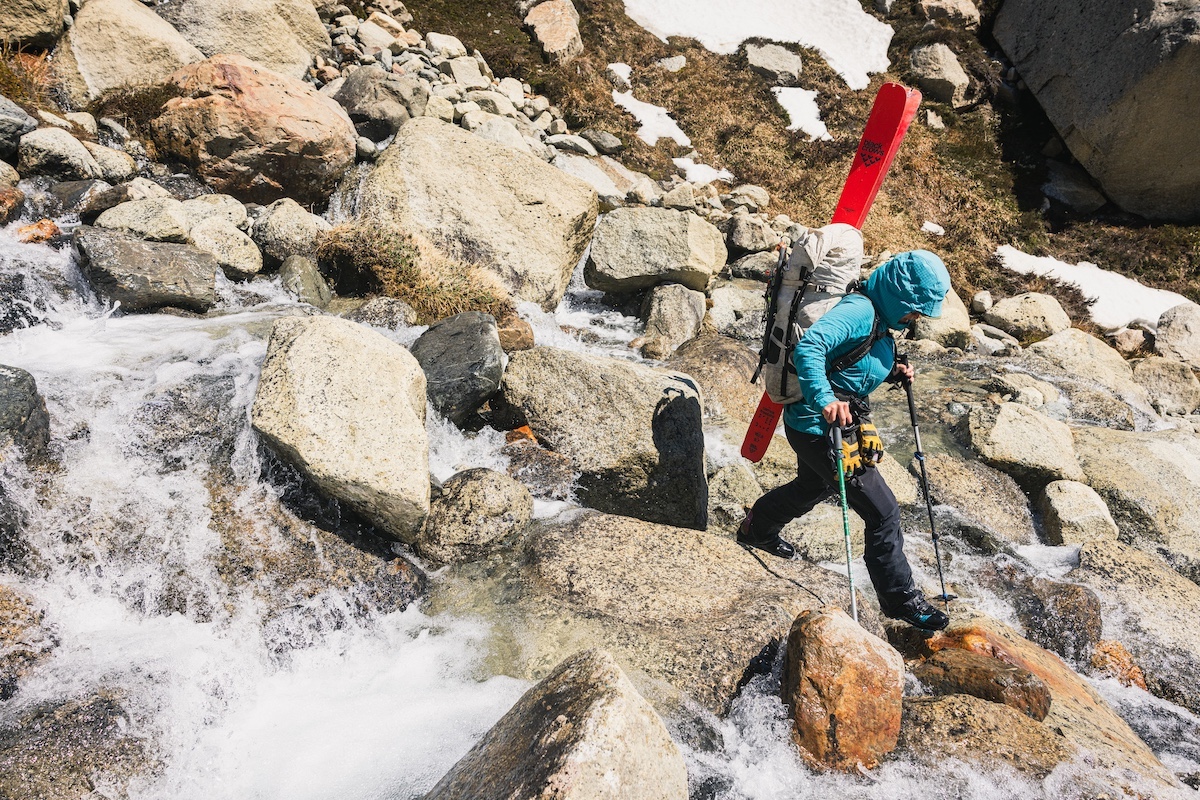
The Camox Freebird now comes in six different lengths: 157, 164, 171, 178, 183, and 188 centimeters. The shorter sizes of the Camox Freebird were added a handful of years ago, making them available to a wider range of skiers. While I typically ski ~165cm skis in the backcountry, I knew that I'd reach for these skis on longer missions, usually in ski-mountaineering terrain where they'd be on my back while booting and potentially climbing. The type of terrain I'm usually descending on these days is often narrower, icier, and steeper. This is why I went with the slightly downsized length, which worked out great as I generally reach for these skis as the snowpack is starting to transition for the spring. If you want slightly better performance in deeper powder or for an everyday ski throughout the winter in drier snowpacks, I'd recommend a more standard sizing approach.

For this review, we tested the Camox Freebird, which is a men's/unisex ski. Black Crows has a women's-specific line—the Birdie models—for most of their downhill skis. However, the touring-specific Freebird series is soley a unisex/men's line. I appreciate that several years back, Black Crows started making smaller versions of some of their Freebird skis, like the Camox, with sizes as small as 157cm now being offered for smaller folks. However, many of their touring skis—like the powder-centric Corvus Freebird—are not currently offered in sizes friendly to smaller skiers (the smallest length available of the Corvus Freebird is 176cm).
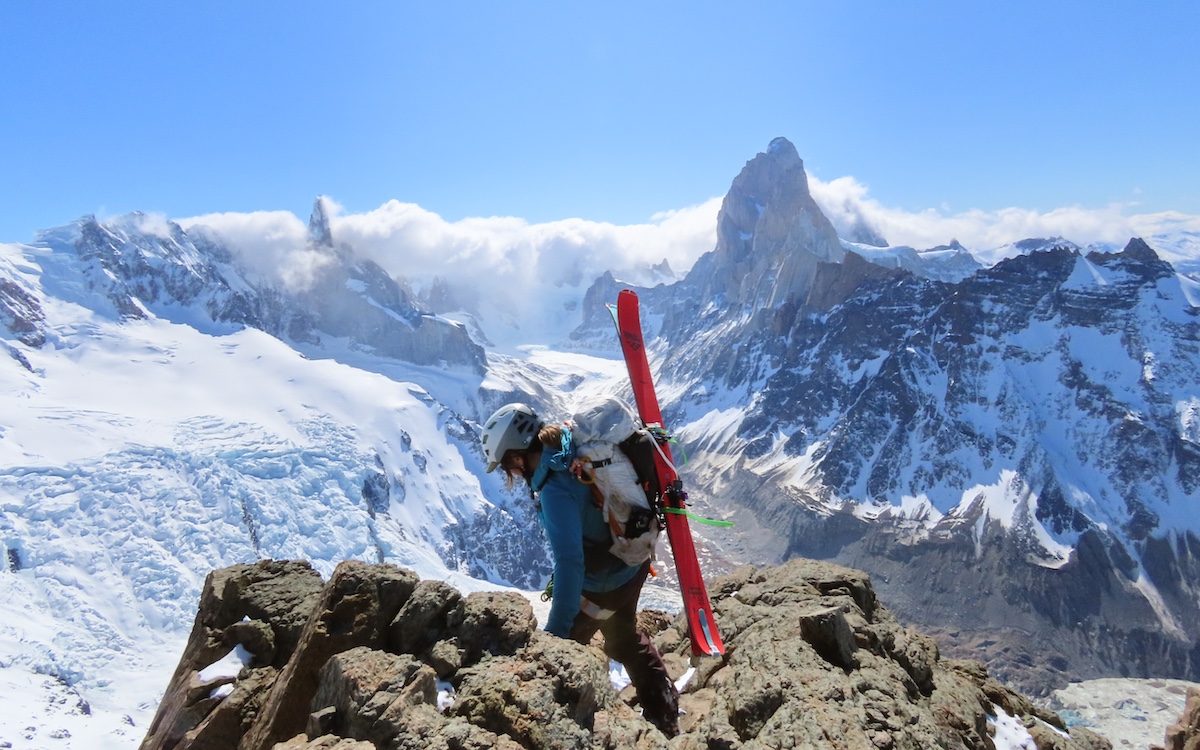
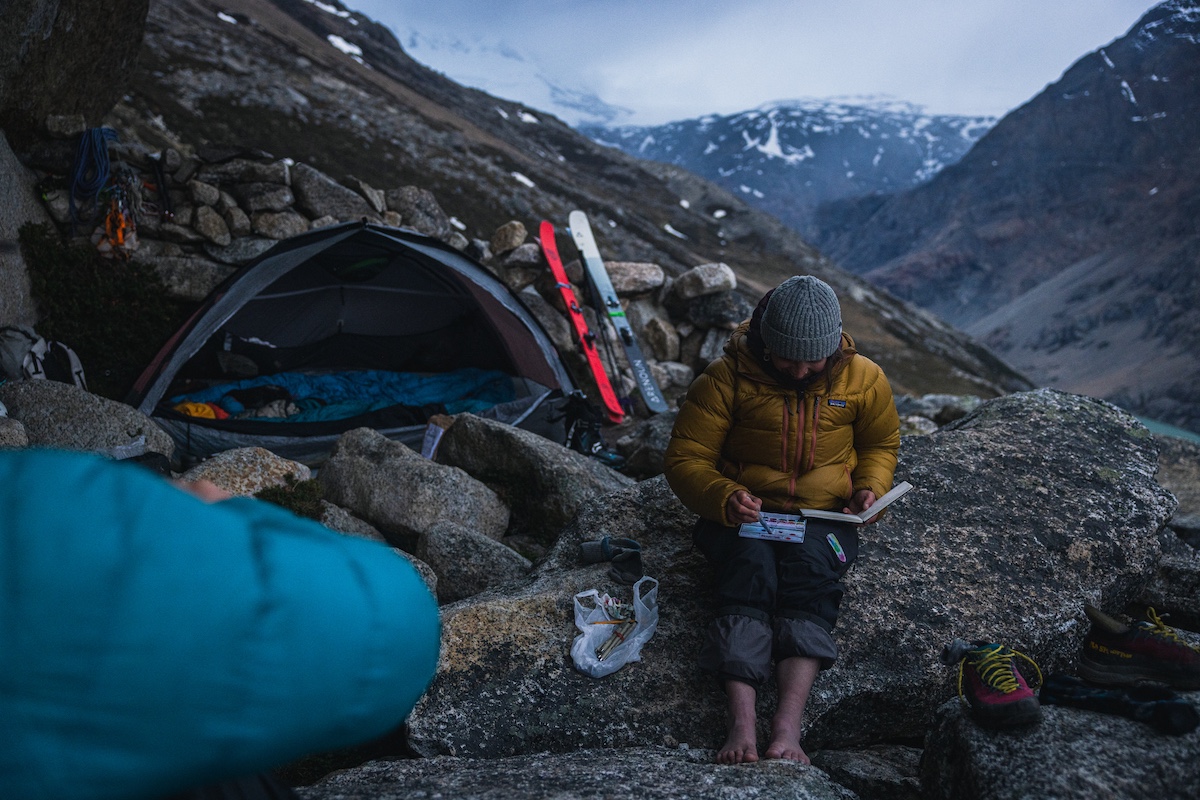
| Ski | Price | Dimensions | Weight | Lengths | Radius |
|---|---|---|---|---|---|
| Black Crows Camox Freebird | $849 | 135-95-113mm | 1300g | 157, 164, 171, 178, 183, 188cm | 17m |
| Black Crows Orb Freebird | $859 | 126-90-111mm | 1175g | 155, 161, 167, 173, 179, 184cm | 16m |
| Kästle TX94 | $899 | 130-94-116mm | 1290g | 163, 171, 179, 186cm | 15m |
| Armada Locator 96 | $850 | 126-96-116mm | 1325g | 157, 164, 174, 178, 185cm | 20m |
| K2 Wayback 92 | $600 | 126-92-114mm | 1512g | 153, 160, 167, 174, 181cm | 19.6m |
Black Crows has a large "murder" (what you call a group of crows) of different Freebird options, but they each have their use cases. Most similar to the Camox Freebird is the Orb Freebird: a 90mm underfoot, slightly lighter and more nimble version of the Camox. Theses are slightly less forgiving, stiffer for their length than the Camox, and should be skied a bit shorter. Yet they follow the same general trend with the rest of the Freebird series: not the lightest weight of its class, but pretty light with high downhill performance for the size/weight. The Kastle TX94 is a top competitor as well, however these are slightly more expensive and don't come in the same variety of sizes.
The Armada Locator 96 is also a newer competitor, but we haven't had the chance to test them ourselves yet (though I've heard they are a surprisingly nimble ski mountaineering ski from a park/freestyle brand). The K2 Wayback 92 is another ski to consider in this category, though they don't ski quite as damply. This all being said, the Black Crows Camox Freebird have been some of my favorite skis for years, and my opinion—many years later—hasn't changed. If you're up for a little more weight than a true lightweight ski, it'll be worth the incredible upgrade on downhill performance. All in all, the Camox Freebird skis are good-enough at everything, which makes them have no huge downsides. This is why they are overall one of our favorite do-it-all backcountry skis.
Back to the Black Crows Camox Freebird Review See Our Backcountry Ski Guide